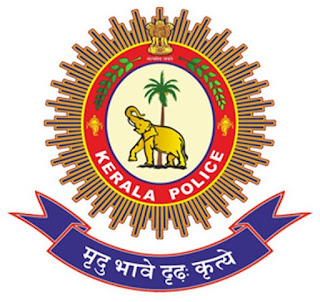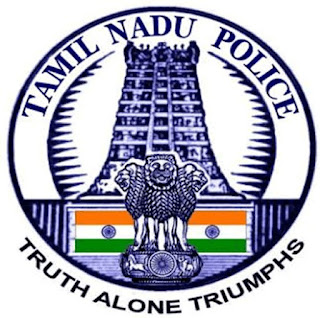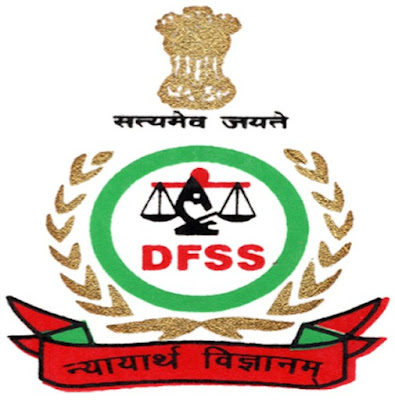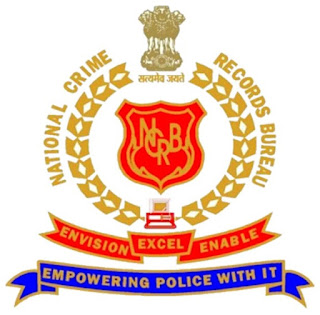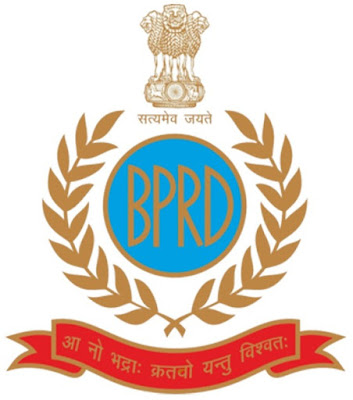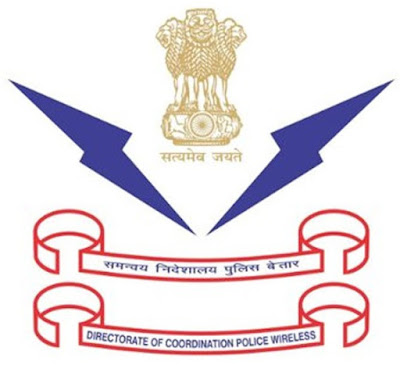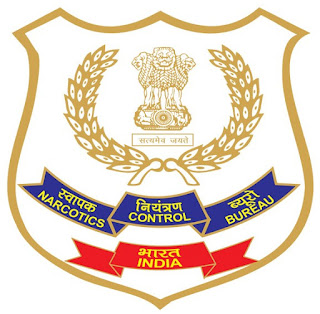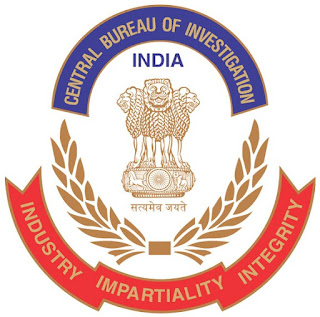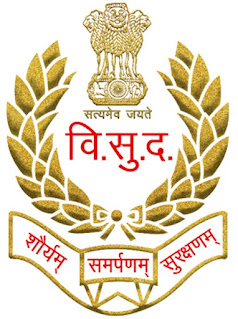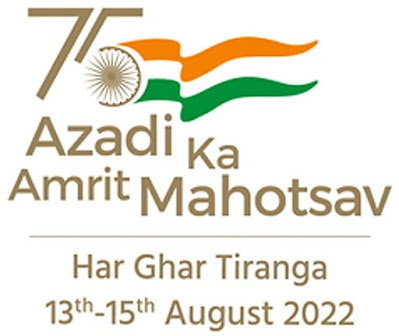ANDHRA PRADESH POLICE
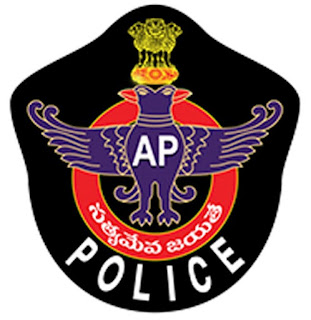
ANDHRA PRADESH POLICE The Andhra Pradesh Police came into existence along with the formation the state. Some parts of the present Andhra Pradesh state was ruled by the Asaf Jah dynasty. Some area was for a long time under the Vijayanagar dynasty that was founded by Sri Krishnadevaraya. The organization of the police during this period was called the Kaveli System or the Hindoo Police. it was only in October 1953, after the birth of a separate Andhra State, that the Andhra State Police gained individual existence. The coat of arms of the Andhra Pradesh Police has a twin headed peacock with its chest inscribed with the acronym ‘AP’ in white placed in front of a red circle with white colour lettering ‘Andhra Pradesh’ in Telugu. The arms are crested with the Asoka capital, the emblem of India on a red pedastal and is surrounded futher surrounded by the green radiant. Below the red bordered circle is the lettering ‘POLICE’ in white. All these are placed within a black shield. http://a
